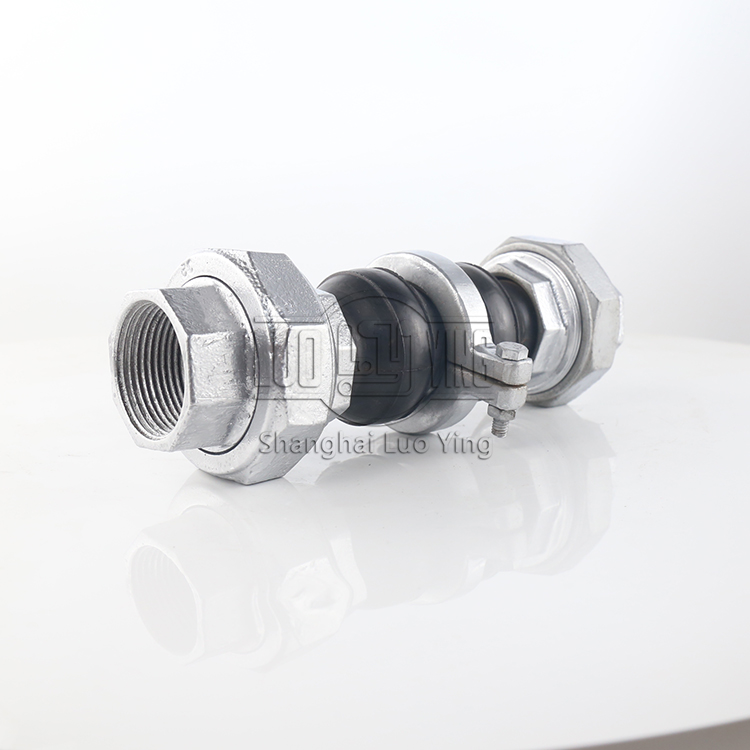Performance Advantages of Flexible Rubber Threaded Flexible Joints.
Nov-23-10
Performance Advantages of Flexible Rubber Threaded Flexible Joints. Flexible rubber threaded flexible joints offer several performance advantages compared to traditional rigid joints. These joints are designed to provide a high level of flexibility, which allows for the absorption of vibrations and movements in various applications. Here are some key performance advantages of these joints:
Vibration Damping: One of the main advantages of rubber threaded flexible joints is their ability to dampen vibrations. In many applications, such as pipelines, machinery, and automotive systems, vibrations can occur due to various factors like fluid flow, rotating machinery, or external forces. These vibrations can cause damage, noise, and decrease the efficiency of the system. Rubber threaded flexible joints help absorb these vibrations, reducing the potential for damage and minimizing noise levels.
Movement Absorption: Rubber threaded flexible joints are designed to accommodate movements that occur in the system. These movements can be caused by thermal expansion, equipment settling, or other factors that result in displacement. Unlike rigid joints, rubber threaded joints can absorb and accommodate these movements, preventing stress accumulation and potential damage in the system.
Misalignment Compensation: In many piping systems or equipment installations, misalignments can occur due to various reasons like uneven settling, manufacturing tolerances, or thermal expansion. Traditional rigid joints may struggle to handle these misalignments, resulting in stress concentrations, leaks, or joint failure. However, the flexibility of rubber threaded joints allows them to compensate for minor misalignments, ensuring a secure and leak-free connection.

Easy Installation and Maintenance: Rubber threaded flexible joints are relatively easy to install, compared to rigid joints that may require precise alignment and complex attachment methods. Flexible joints can be easily adjusted to fit the required dimensions and can accommodate minor offsets or misalignments. Additionally, these joints generally require minimal maintenance, reducing downtime and overall operating costs.
In conclusion, rubber threaded flexible joints provide several performance advantages compared to traditional rigid joints. Their ability to dampen vibrations, absorb movements, compensate for misalignments, resist corrosion, and offer easy installation and maintenance make them an excellent choice for a wide range of applications in various industries.

